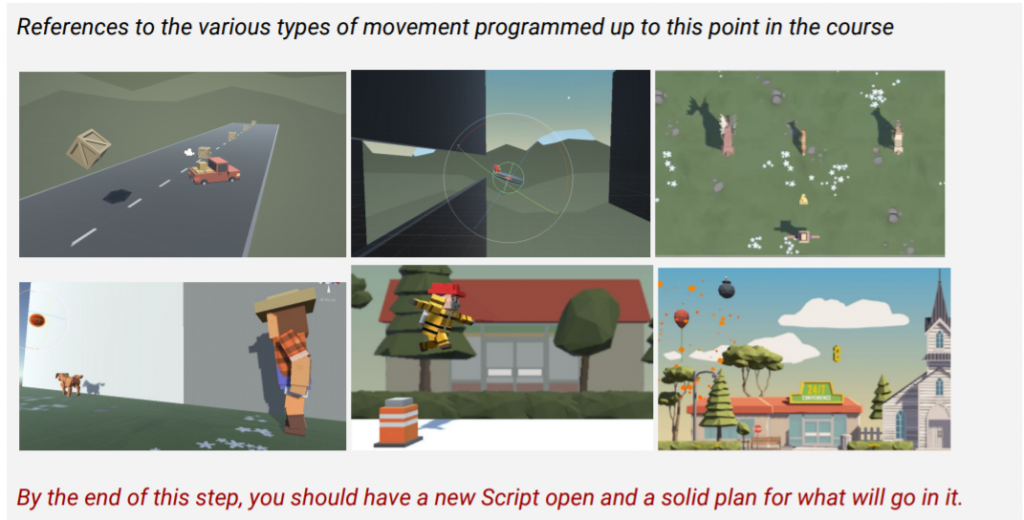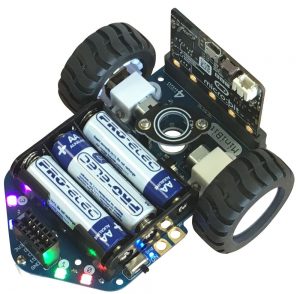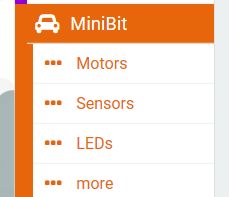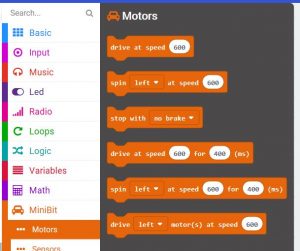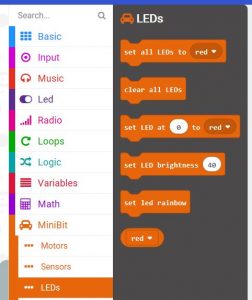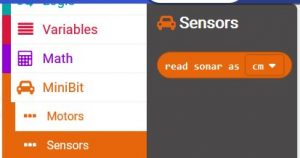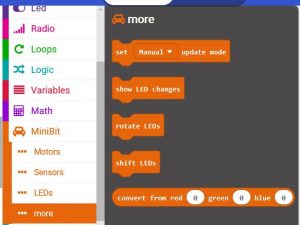Reflektion från H&M-hacket:
Vi är en av ca 30 gymnasieskolor runt om i Sverige som deltagit i denna tävling om att komma på innovativa lösningar till H&M inom hållbart mode och cirkulär ekonomi (se
http://www.iktlabbet.se/teknik/hackaton-med-wechange-och-hm/ för mer info).
En stark drivkraft och motivation hos eleverna och skolorna är att komma på den bästa idén och vinna tävlingen, och därmed få äran att komma till den nationella ceremonin i Stockholm.
Jury är arrangören We_Change och/eller H&M.
Inför hacket skrev H&M följande:
”Vi på H&M vill leda utvecklingen framåt mot en mer rättvis, jämlik, cirkulär och förnybar modeindustri tillsammans med dig.
Vi på H&M har en vision om att leda utvecklingen mot en hållbar modeindustri. Ett led i detta handlar om att alla våra produkter ska vara tillverkade av återvunna eller på annat sätt hållbart framtagna material. Vi tror enormt mycket på utvecklingen mot ett cirkulärt ekonomiskt system. Vi ser en stor utveckling av nya tekniker för att t.ex bryta ner fibrer från gamla kläder att bilda nya textilier och känner stor trygghet i möjligheten att producera kläder hundra procent hållbart.
H&M har flera hållbarhetsutmaningar, sociala som ekologiska som vi hela tiden vill förbättra oss inom. Kopplat till cirkulär ekonomi som detta case ska handla om är vår största utmaning samspelet mellan oss och kund. När plagget lämnar butiken- lämnas ansvaret över till kunden att vårda, ta till vara på och återlämna plagget till oss. Detta kommer bli en framtida utmaning då kapaciteten att ta hand om äldre textilier ökar markant med nya tekniker och regelverk samtidigt som beteendemönstret hos den enskilde konsumenten inte utvecklas i samma takt.
Vi ser fram emot att arbeta fram lösningar för ett mer hållbart samhälle tillsammans med dig på vårt hackathon!”
Man kan så klart ifrågasätta H&M:s val av vad som är viktigast, och det är tydligt att de gav eleverna en tillrättalagd utmaning i syfte att de skulle komma på idéer för att lösa någon av följande två definierade problemen som H&M valt ut:
Uppdrag 1. Hur ska H&M få fler kunder att ta hand om kläder de köpt, undvika slit och släng?
Är problemet idag verkligen att konsumenterna måste bli mer varsamma i sin hantering av ”skitkvalitetskläderna?” de köper så att de inte sliter ut dem i förtid? T ex inte tvätta dem så ofta.
Uppdrag 2. Hur kan H&M bli bättre på att nudga/inspirera/möjliggöra för kunder att komma tillbaka med plagg de köpt när de är förbrukade?
- Vad tyckte ni om We_change och H&M-projektet? Skriv lite kort en reflektion. Vad var bra, vad var mindre bra.
- Använde We_change och H&M en innovationsprocess för det här projektet?
- Anser du att det här var ett bra exempel på en innovationsprocess? 1-5.
- Beskriv processen ni nu varit med i, ge konkreta exempel.
- Hur innovativa idéer tycker ni att denna process resulterade i? skala 1-5.
- Finns det något som varit problematiskt i upplägget för denna innovationsprocess?
- Gör en kritisk reflektion av ert eget arbete.
Syfte med reflektionen:
Vi behöver reflektera över vårt eget arbete för att lära och kunna utvecklas och bli ännu bättre.
Vi behöver reflektera över våra metoder och processer för att kunna utveckla dem och göra dem ännu bättre.
Vi behöver reflektera över våra egna förslag för att hitta nya infallsvinklar och se eventuella konsekvenser av förslagen. Det kan finnas förbättringspotential även i riktigt bra förslag.
Reflektionsfrågor:
8. Hur bra samarbetade ni i gruppen? (1-5).
9. Hur bra anser du att era egna förslag är på att lösa problemet? (1-5).
10. Hur innovativt anser du att ert förslag är? (1-5).
11. Hur innovativa anser du att de andra gruppernas förslag är? (1-5).
12. Vilka konsekvenser kan ert förslag få på andra problemområden inom modebranschen och klädernas produktlivscykel? Ge några exempel.
13. Välj ut ett av problemområdena i uppgift 12 och ta fram förslag på en teknisk lösning för det problemet.

